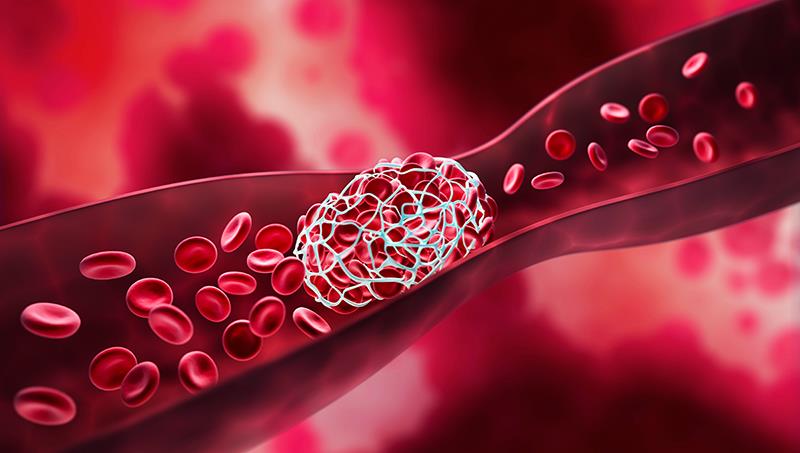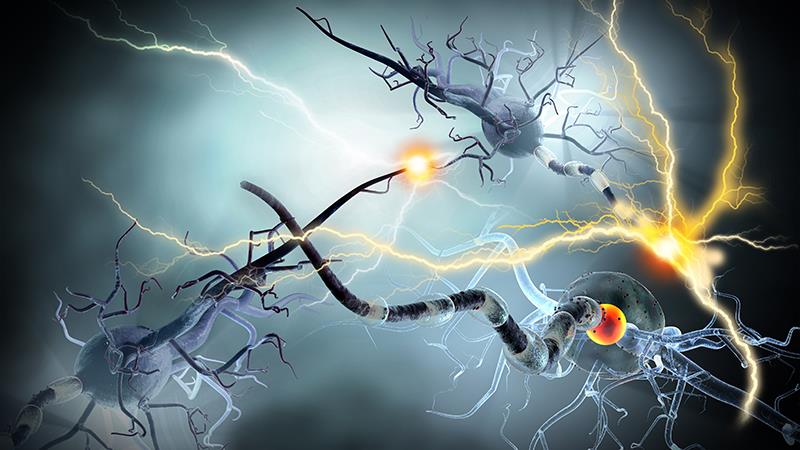Content:
Tổng quan
Nội dung của trang này:
Tổng quan
Nội dung của trang này:
Tổng quan
Tổng quan
Parkinson's Disease (PD) is a common, age-related, chronic, progressive disorder caused by loss or degeneration of dopaminergic neurons in the substantia nigra of the midbrain.
Onset of symptoms and progression of the disease is gradual and include motor signs and symptoms like resting tremor, rigidity, bradykinesia and postural instability.
Diagnosis is clinical and requires the presence of the cardinal manifestations of Parkinson's disease, absence of atypical features, a slowly progressive course, and a response to drug therapy.
The choice of medication depends on the following factors: Stage of disease, relative effectiveness and adverse effect profile of the drugs, clinician experience, patient’s comorbidities, degree of functional disability, level of physical activity and productivity, employment status and preference.
For further information regarding the management of Parkinson's Disease & Parkinson's Disease Dementia, please refer to Disease Algorithm for the Treatment Guideline.
Onset of symptoms and progression of the disease is gradual and include motor signs and symptoms like resting tremor, rigidity, bradykinesia and postural instability.
Diagnosis is clinical and requires the presence of the cardinal manifestations of Parkinson's disease, absence of atypical features, a slowly progressive course, and a response to drug therapy.
The choice of medication depends on the following factors: Stage of disease, relative effectiveness and adverse effect profile of the drugs, clinician experience, patient’s comorbidities, degree of functional disability, level of physical activity and productivity, employment status and preference.
For further information regarding the management of Parkinson's Disease & Parkinson's Disease Dementia, please refer to Disease Algorithm for the Treatment Guideline.












